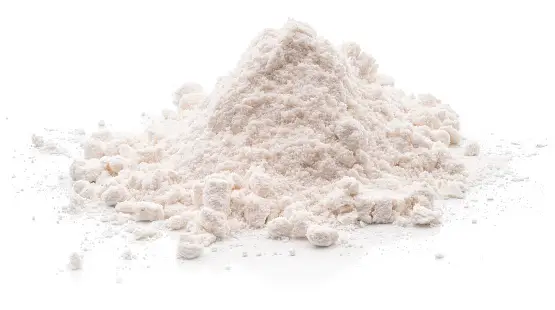IUPAC Name
Colemanite
Cas Number
12291-65-5
HS Code
25280030
Formula
Ca2B6O11.5H2O
Appearance
colorless or white granular or powder
Common Names
Colemanite
Packaging
25 Kg Bag
Brief Overview
The borate mineral Colemanite, with the chemical formula CaB3O4(OH)3·H2O, was first found in eastern California in 1884.It can be found in alkaline lacustrine environments' evaporite deposits. One of the stable borate minerals, Colemanite can acquire an electric charge in response to temperature changes. It is a type of sedimentary rock that is brittle. Colemanite has a transparent to translucent diaphaneity.
Mining Process
1. Drilling: Drilling is the most crucial exploration technique because it allows for the most accurate sampling of the kind and purity of ore beneath the surface.
2. Shovelling and hauling: After the underground is liberated, massive shovels are employed to remove the debris from the mine's base. After being extracted from underground, the ore is crushed and sent to be refined.
3. Refining: The processes for removing impurities from boron minerals include dissolving, settling, crystallizing, filtering, drying, and conveying.
4. Testing and storage: The refined mineral ore must be tested for quality and stored for later use.
Agriculture
Fertilizers need a sufficient amount of B, just like other boron, because it is used to produce a healthier plant growth. Colemanite is a slow-releasing source of boron that can be added to soil to give a crop a season-long B supply because of its low water solubility.
Ceramic
It is applied as a coating to ceramic kitchenware and sanitary products.
Glass
It is employed in the production of glass that can withstand heat.
Other
Both medications and cosmetics contain it. It is well-known for being a mineral that collectors collect.
